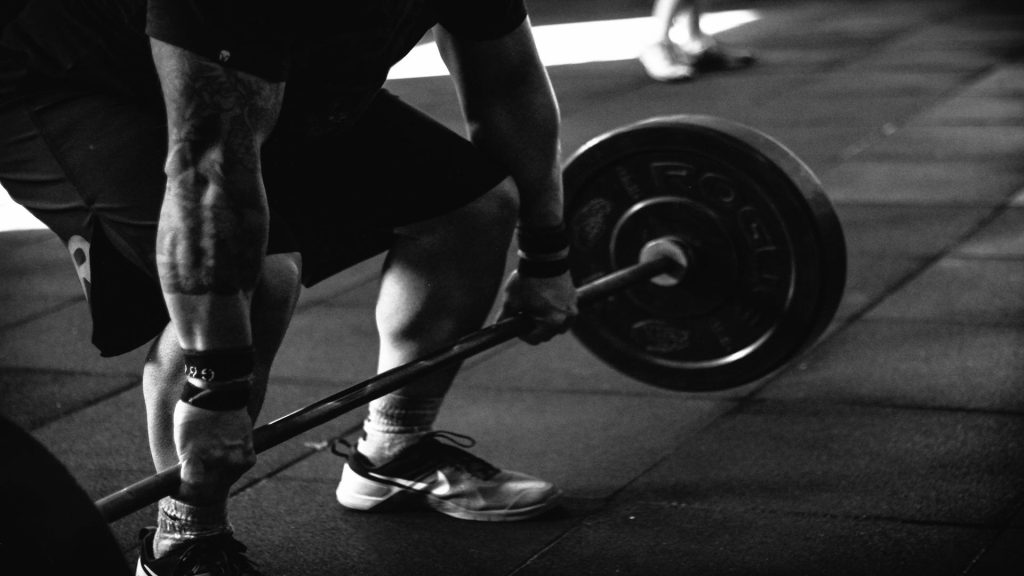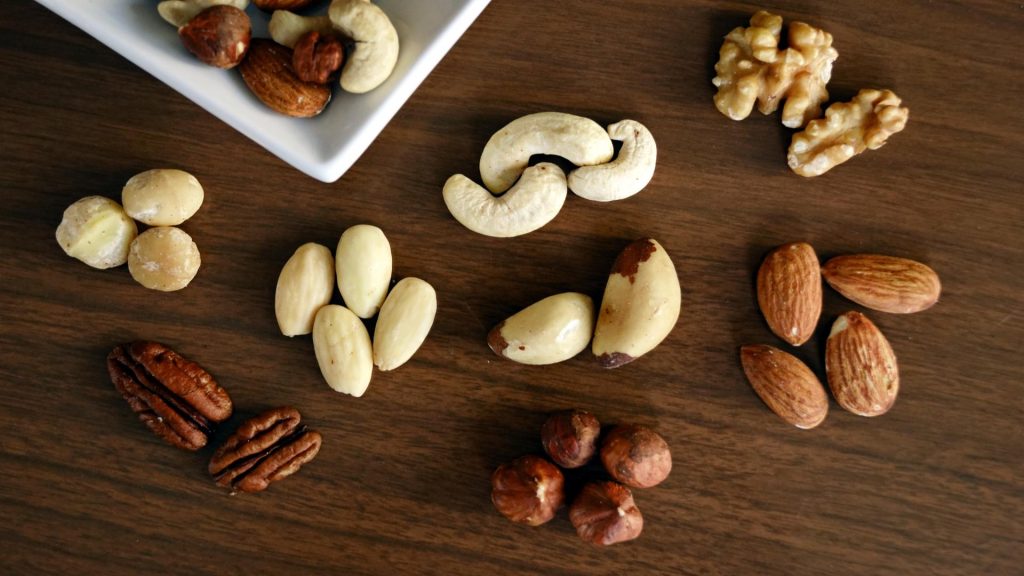
Outline
- Introduction
-
Importance of post-workout recovery
-
What is post-workout recovery?
-
Definition and purpose
-
The role of nutrition in post-workout recovery
-
Importance of carbohydrates, protein, and hydration
-
Rest and sleep for optimal recovery
-
The impact of rest and sleep on muscle recovery
-
Stretching and flexibility exercises
-
Benefits of stretching for muscle recovery
-
Foam rolling and self-myofascial release
-
How foam rolling aids in recovery and prevents muscle soreness
-
Active recovery exercises
-
Low-intensity exercises to promote blood flow and reduce muscle stiffness
-
Ice baths and cold therapy
-
The use of cold treatment for reducing inflammation and speeding up recovery
-
Massage therapy
-
The benefits of massage in reducing muscle tension and promoting relaxation
-
The importance of listening to your body
- Recognizing signs of overtraining and adjusting your recovery routine
-
Tips for effective post-workout recovery
- Implementing a recovery routine and staying consistent
-
Common myths about post-workout recovery
- Debunking misconceptions and providing accurate information
-
Frequently asked questions
- Answering common queries related to post-workout recovery
-
Conclusion
- Summarizing the importance of post-workout recovery and the role it plays in optimizing fitness goals
Post-workout Recovery: Optimizing Your Fitness Journey
� Post-workout Recovery: Optimizing Your Fitness Journey
� HEALTH AND FITNESS
� FITNESS
� Learn how to optimize your post-workout recovery for better results in your fitness journey.
Introduction
Regular exercise is essential for maintaining a healthy lifestyle. Whether you engage in weightlifting, cardio, or sports, it's important to consider the recovery phase after a workout. Post-workout recovery plays a crucial role in optimizing performance, preventing injuries, and achieving fitness goals. By understanding the various aspects of post-workout recovery, you can ensure that your body gets the necessary time to repair and rebuild. In this article, we will dive into the importance of post-workout recovery and explore effective strategies to enhance your recovery routine.
What is post-workout recovery?
Post-workout recovery refers to the timeframe after a workout session when the body undergoes physiological changes to repair and adapt to the stress imposed on the muscles and other body systems. This period allows the body to replenish energy stores, repair damaged tissue, and adapt to the training stimulus.
The role of nutrition in post-workout recovery
Nutrition plays a crucial role in optimizing post-workout recovery. Proper nourishment allows the body to replenish glycogen stores, repair damaged muscle fibers, and support overall recovery. To promote effective recovery, it is important to focus on consuming a balanced post-workout meal or snack that includes carbohydrates, protein, and hydration.
Carbohydrates: Consuming carbohydrates after a workout helps replenish glycogen stores in the muscles. This provides the necessary energy for future workouts and aids in muscle recovery.
Protein: Protein is essential for muscle repair and growth. Including a source of protein in your post-workout meal or snack helps stimulate muscle protein synthesis and aids in the recovery process.
Hydration: Staying hydrated is crucial for optimal recovery. During exercise, the body loses fluids through sweat, and replenishing these fluids is important for maintaining overall health and supporting the recovery process.
Rest and sleep for optimal recovery
In addition to nutrition, rest and sleep are vital components of post-workout recovery. When you are asleep or at rest, your body has the opportunity to repair and rebuild damaged muscle tissue. Lack of adequate rest and sleep can hinder the recovery process, impacting muscle growth and overall performance.
Stretching and flexibility exercises
Stretching and flexibility exercises are often overlooked in post-workout routines. However, incorporating these exercises into your recovery routine can aid in muscle recovery. Stretching helps improve blood flow to the muscles while reducing stiffness and muscle soreness. It also promotes flexibility, enhancing range of motion and preventing injuries in future workouts.
Foam rolling and self-myofascial release
Foam rolling and self-myofascial release techniques are effective recovery tools. Using a foam roller on targeted muscles helps break up adhesions and knots, improving blood flow and reducing muscle tension. This form of self-massage aids in muscle recovery, prevents muscle soreness, and enhances overall mobility.
Active recovery exercises
Active recovery exercises involve low-intensity movements that aid in promoting blood flow to the muscles without causing additional stress or fatigue. Engaging in light activities such as walking, swimming, or cycling can help reduce muscle stiffness, flush out metabolic waste products, and facilitate the healing process.
Ice baths and cold therapy
Cold therapy, including ice baths or applying ice to specific areas, is a popular method for reducing inflammation and accelerating recovery. Cold temperatures constrict blood vessels, reducing blood flow to the affected area and minimizing swelling. Cold therapy can help alleviate muscle soreness and aid in the recovery process.
Massage therapy
Massage therapy is a beneficial option for post-workout recovery. Skilled massage techniques help relax muscles, reduce muscle tension, and promote blood circulation. Massage also aids in the removal of metabolic waste products and promotes a sense of relaxation and overall well-being.
The importance of listening to your body
Listening to your body is crucial for effective post-workout recovery. It is important to recognize signs of overtraining, such as chronic fatigue, persistent muscle soreness, decreased performance, and mood changes. Adjusting your recovery routine, taking rest days when needed, and seeking professional guidance can help prevent overtraining and optimize recovery.
Tips for effective post-workout recovery
To maximize the benefits of post-workout recovery, consider implementing the following tips:
-
Create a recovery routine: Develop a post-workout recovery routine that includes stretching, foam rolling, and other recovery techniques tailored to your needs.
-
Be consistent: Consistency is key in optimizing your recovery routine. Make post-workout recovery a regular part of your fitness journey.
-
Prioritize sleep: Aim for at least 7-9 hours of quality sleep each night to allow your body ample time for recovery.
-
Stay hydrated: Drink water before, during, and after workouts to maintain optimal hydration levels.
-
Fuel your body: Consume a balanced post-workout meal or snack that includes carbohydrates and protein to replenish energy stores and support muscle recovery.
Common myths about post-workout recovery
There are several myths surrounding post-workout recovery that can lead to confusion. Let's debunk some of the common misconceptions:
-
Myth: The more you work out, the better results you'll get.
Fact: Overtraining can hinder your progress and increase the risk of injuries. Proper recovery is essential for achieving optimal results. -
Myth: Stretching before a workout prevents injuries.
Fact: Pre-workout stretching may not have a significant impact on injury prevention. However, incorporating stretching into your post-workout routine can aid in recovery and flexibility. -
Myth: You should be sore after every workout to show progress.
Fact: Muscle soreness is not a reliable indicator of a successful workout. Muscle soreness can occur due to various factors, and it is not necessary for progress to be made.
Frequently Asked Questions
-
Can I take a day off from post-workout recovery?
It is beneficial to have designated recovery days to allow your body to rest and repair. However, some light activities, such as stretching or foam rolling, can be performed on recovery days. -
Should I eat immediately after a workout?
Consuming a post-workout meal or snack within an hour of exercising is ideal for replenishing energy stores and aiding in muscle recovery. -
How long should I foam roll?
Foam rolling sessions can vary in duration depending on individual needs. Aim for at least 5-10 minutes of foam rolling per targeted muscle group. -
Are ice baths necessary after every workout?
Ice baths are not necessary after every workout. They are commonly used for intense training sessions or when experiencing muscle soreness or inflammation. -
Can I skip stretching if I'm short on time?
While it is best to allocate time for stretching, if you are short on time, prioritize stretching major muscle groups to maintain flexibility and aid in recovery.
Conclusion
Incorporating an effective post-workout recovery routine is crucial for optimizing your fitness journey. By prioritizing nutrition, rest, stretching, foam rolling, and other recovery techniques, you can enhance muscle repair, prevent injuries, and support long-term progress. Listen to your body, stay consistent, and remember that recovery is an essential part of achieving your fitness goals. Embrace the power of post-workout recovery and unlock your potential for optimal performance and overall well-being.
Thank you for reading. For more insights, visit our #healthzone#3.com/blog">BLOG. We appreciate your support!



